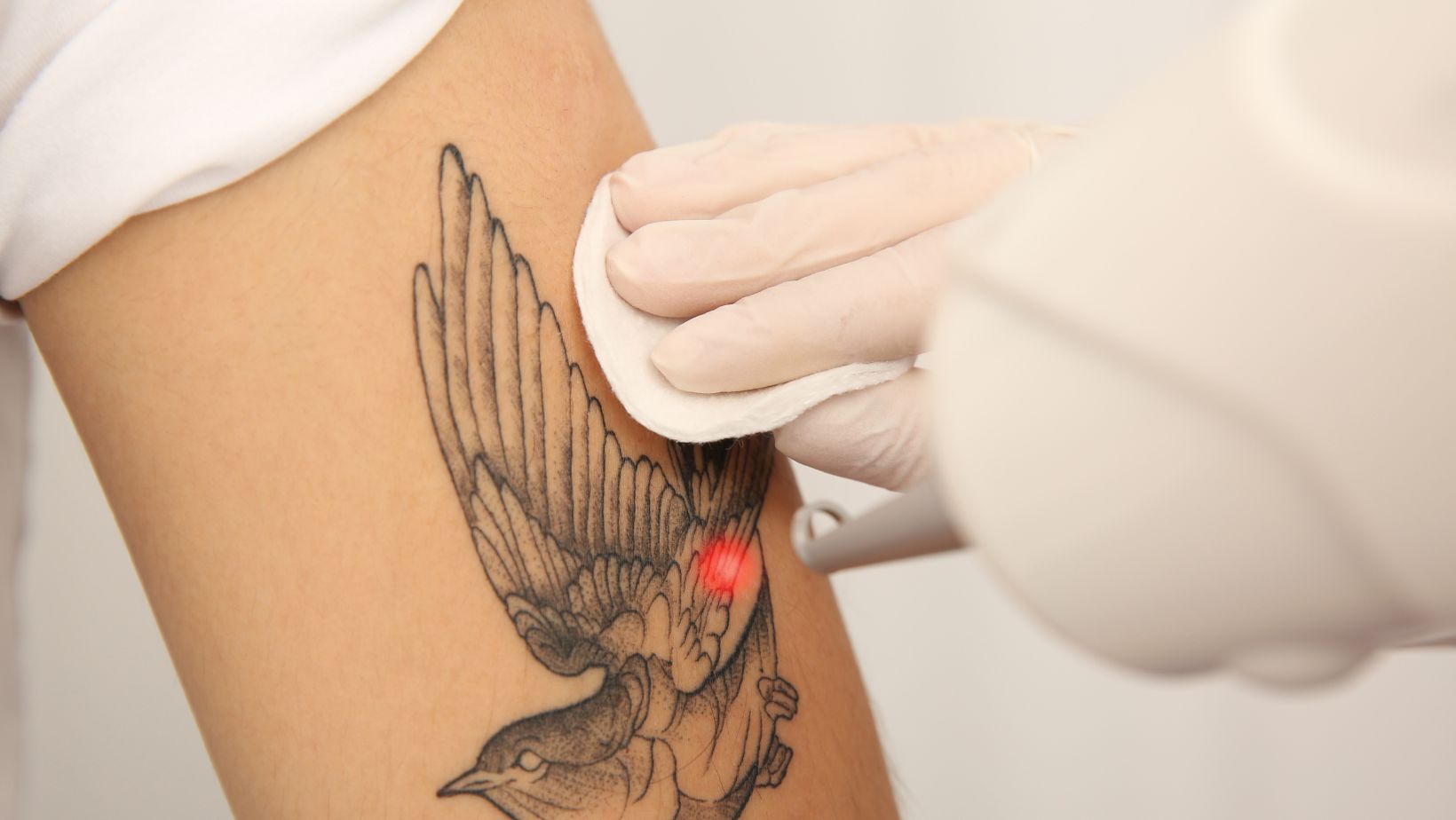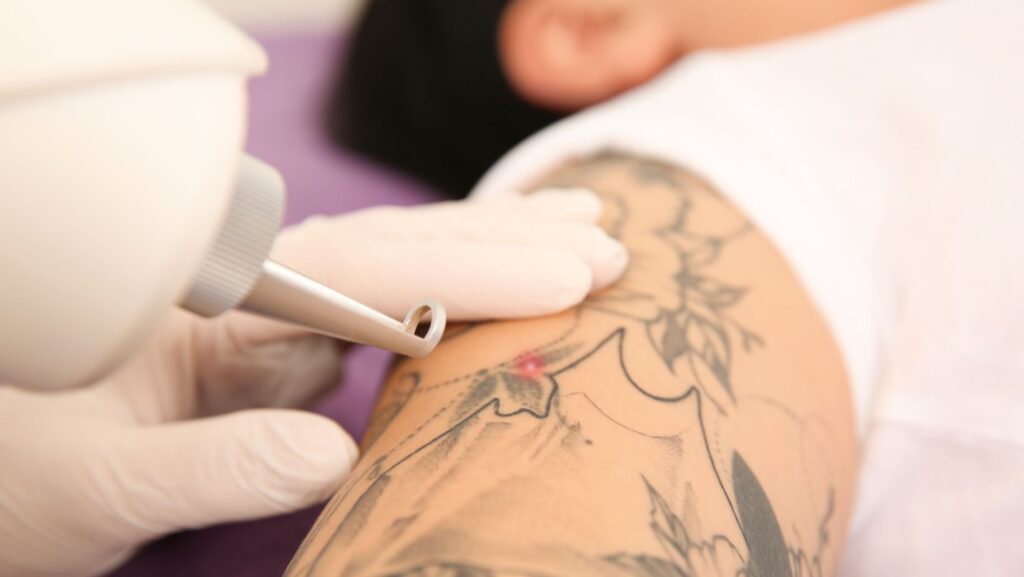Removing an unwanted tattoo can be an exciting step toward a fresh start, but it is also a medical procedure that requires proper care. Laser tattoo removal works by breaking down ink particles beneath the skin, allowing the body to naturally flush them out. While the treatment itself is important, what you do afterward has a big impact on healing, comfort, and results. Aftercare plays a crucial role in minimizing side effects and ensuring your skin recovers smoothly.
If you are considering professional services such as laser tattoo removal Melbourne has a lot of beauty clinics to assist you. But it is essential to understand that aftercare begins immediately following each session. The skin may feel tender, similar to a mild sunburn, and proper steps must be taken to prevent infection and reduce irritation. Without the right care, there is a higher chance of scarring, delayed healing, or pigmentation changes. By following recommended aftercare practices, you can support your skin’s recovery and improve the overall outcome of your tattoo removal journey.
Immediate Care After Treatment
In the first 24 to 48 hours after a session, the treated area will be the most sensitive. It is normal to experience redness, swelling, or slight blistering. A cool compress can help reduce discomfort and inflammation. Keeping the area clean and dry is vital. Gently wash with mild soap and water, then pat dry with a soft towel. Your provider may apply a soothing ointment and cover the area with a sterile dressing to protect it from bacteria.
Protecting Your Skin
Sun exposure is one of the biggest risks during the healing period. The treated skin is more vulnerable to UV damage, which can increase pigmentation changes or slow down healing. Always apply a broad-spectrum sunscreen with at least SPF 30 if you need to go outside, and cover the area with clothing whenever possible. Avoid tanning beds and direct sun exposure until the skin has fully recovered.
Managing Discomfort Safely
Mild discomfort is common after treatment. Over-the-counter pain relievers such as paracetamol can help manage soreness, but avoid medications like aspirin that may increase bruising. Refrain from scratching, picking, or popping blisters—this can lead to infection or scarring. If itching occurs, a fragrance-free moisturizer or aloe vera gel can provide relief.
Supporting Healing at Home
Your body needs time and support to flush out the broken ink particles. Staying hydrated, eating a balanced diet, and getting adequate rest all help with skin repair.

Smoking and excessive alcohol consumption can slow down recovery and reduce the effectiveness of the procedure, so limiting these habits during your treatment plan is recommended.
Watch for Warning Signs
While side effects are usually mild, it is important to monitor your skin for unusual reactions. Persistent redness, pus, spreading rash, or severe pain may indicate an infection that requires medical attention. Always contact your provider if you notice anything concerning. Early intervention can prevent complications and protect your long-term results.
Long-Term Care and Results
Tattoo removal is a gradual process that typically requires multiple sessions. Practicing consistent aftercare after every appointment will help your skin remain healthy throughout the journey. Even once the tattoo has faded, ongoing skin care—such as moisturizing and sun protection—will maintain your results and keep your skin looking its best.
Final Thoughts
Laser tattoo removal can be a safe and effective way to say goodbye to unwanted ink, but success depends heavily on how you care for your skin afterward. By following professional guidance, protecting your skin, and supporting your body’s natural healing, you can achieve smoother, healthier results with minimal risk.
